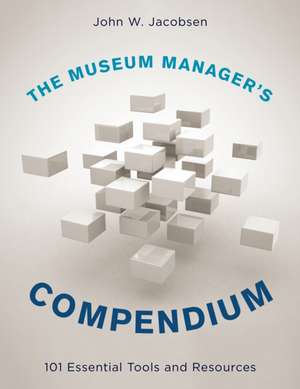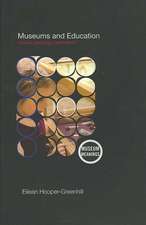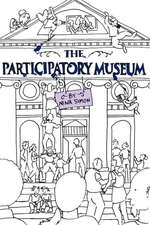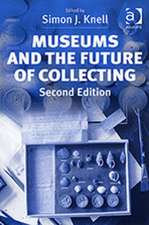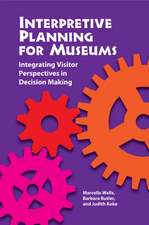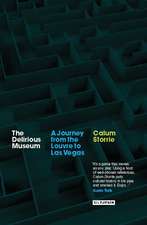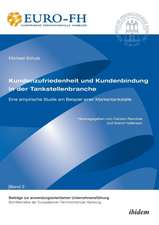The Museum Manager's Compendium
Autor John W. Jacobsenen Limba Engleză Hardback – 22 sep 2017
The Museum Manager's Compendium: 101 Essential Tools and Resources helps you make and implement your decisions as a museum manager and strategic planner. This book's 101 sections present a treasure trove of definitions, diagrams, processes, choices, and worksheets, in major areas of museum management. Collectively, they reflect the literature and contributions of some of the field's best thinkers. The resources distill half a century of museum experience over hundreds of projects done by scores of talents and experts internationally for all types of museums. The Museum Manager's Compendium can be used as: -A frequent reference book to consult when facing decisions or planning for the future -A source of examples and templates of common museum reports -A source of answers and options for strategic planning questions -A crib book to extract text when drafting internal proposals and plans -A primer when welcoming new partners and Board members -A quick study and refresher of key aspects of museum practice -An orientation to new staff -A glossary for building shared definition among team members The Museum Manager's Compendium is for museum professionals--leaders, managers, coordinators, professional counsel, contractors, evaluators, supporters, and policy makers-- to use often. It is a must-own reference book for every museum professional responsible for decisions and implementation.
Preț: 669.54 lei
Preț vechi: 869.54 lei
-23% Nou
128.14€ • 132.76$ • 106.94£
Carte tipărită la comandă
Livrare economică 22 martie-05 aprilie
Specificații
ISBN-10: 144227137X
Pagini: 420
Dimensiuni: 216 x 280 x 24 mm
Greutate: 1.07 kg
Editura: Rowman & Littlefield
